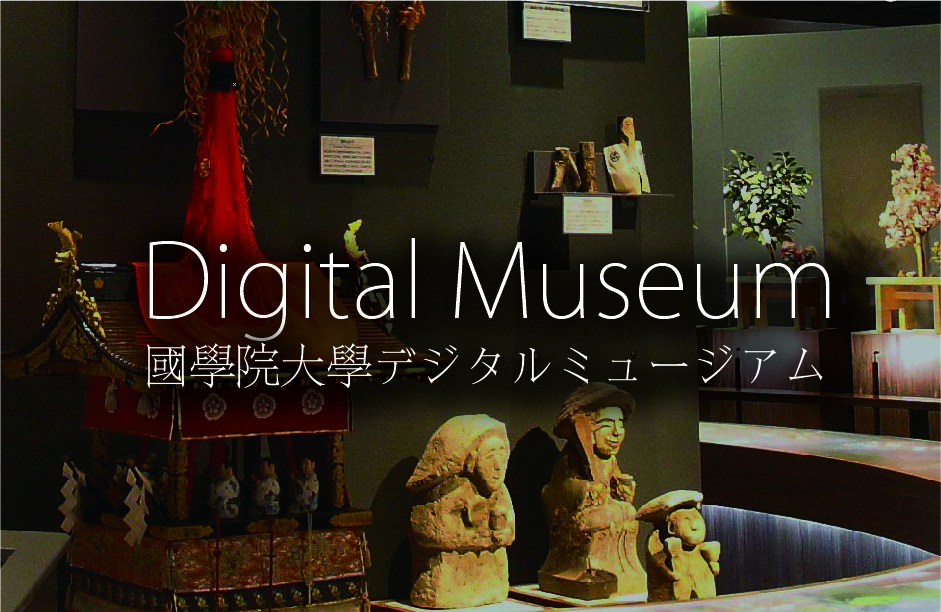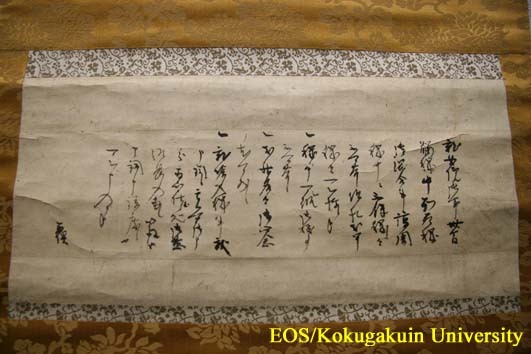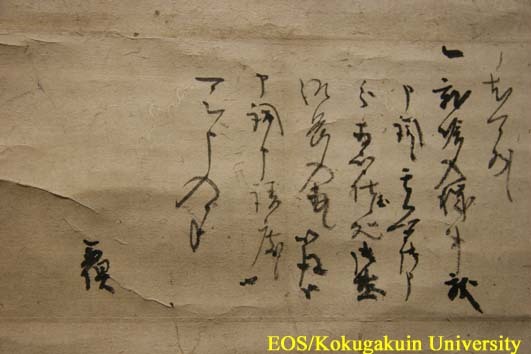- トップ
- Encyclopedia of Shinto
- Yoshida Kanetomo
Encyclopedia of Shinto
| Main Menu: | |
| Links: |
詳細表示 (Complete Article)
| カテゴリー1: | 8. Schools, Groups, and Personalities |
|---|---|
| カテゴリー2: | Personalities |
| Title | Yoshida Kanetomo |
| Text | (1435-1511) Shrine priest of the later Muromachi period, and founder of Yoshida Shintō. Born in 1435 as the son of Yoshida Kanena, the Provisional Senior Assistant Director of Divinities (jingi gon no taifu), Yoshida was at first called Kanetoshi, but later changed his name to Kanetomo. He progressed in the Imperial court up to the ceremonial posts of Imperial Chamberlain (jijū), Senior Assistant Director of Divinities (jingi gon no taifu), and Vice Director of the Board of Censors (danjōdai hitsu). Yoshida Kanetomo was made the successor of his family's Shinto tradition, which was passed down from father to son through the ages, and developed it further, thus arriving at the establishment of a unique interpretation of Shinto. This he called Genpon-Sōgen Shinto (Shinto of the Original Founder, also known as Yuiitsu or Yoshida Shintō), claiming that this Shinto tradition was transmitted to him in direct succession since the time of Tenshō Daijin (Amaterasu ōmikami) and Amenokoyane no mikoto. It is believed that his teachings took shape around 1470, about the same time as the Ōnin War (1467-1477), and attracted many followers from the ranks of the courtiers and leading samurai. In 1484 Kanetomo erected on Mount Yoshida (in the east of present-day Kyoto) his Taigengū Saijōsho (Ceremonial Site and Shrine of the Great Origin), which was meant as the center of the entire kami pantheon. Kanetomo arrogated to himself the title Head of Shinto (shintō chōjō) and in 1489 issued a personal report (missō) for the emperor, claiming that the Divine Treasures (shinki) of the Grand Shrines of Ise (Ise Jingū) had descended to his Saijōsho, in this way planning to subsume even Ise under his authority. Moreover, he distributed rank certificates (sōgen senji (lit., imperial decrees of Sōgen Shinto), and licenses pertaining to ceremonial matters (shintō saikyojō) to local shrines, thus appropriating the right to bestow kami ranks (shin'i), kami titles (shingō), and to license priestly functions, which thus paved the way for Yoshida domination over shrines nationwide in later times. Kanetomo died in 1511 at the age of seventy-six. His main works include Yuiitsu shintō myōbō yōshū (Essentials on the Name and the Law of the One and Only Shinto), Shintō taii (Outline of Shinto), Shinsō kokugen ron (Treatise on the Divine Foundation of this Land), Jūhachi shintō genki (On the Origin of the Eighteen Shintos), Nihon shoki jindai no maki shō (Comments on the Divine Age Chapter of Nihon shoki), Nakatomi harae shō (Comments on the Nakatomi Purification Formula). —Itō Satoshi |






